Check out the complete guide of 5-axis CNC machining, and discover the applications, cost, and advantages of 5-axis CNC machining in this article.
In Computer Numerical Control (CNC) world, 3-axis and 4-axis CNC machining technologies are commonly known and used by the manufacturing industry. However, to better support the advanced industries such as aerospace engineering, medical, national defense, robotics, and automotives, 5-axis CNC machining is a brilliant solution and has changed manufacturing industry. 5-axis CNC machines can cut and produce the most intricate and the highest quality parts, and 5-axis CNC machining have significant benefits for your manufacturing operations. But, 5-axis CNC machining is tagged as expensive and not easy to access, it that true? Here is a quick guide to 5-axis CNC machining, you will discover how 5-axis CNC machining works, applications, cost, advantages, and comparison amongst 3-axis, 4-axis, and 5-axis CNC machining in the following paragraphs.
What is 5-axis CNC machining? Let’s break it down word by word to understand the technology. First of all, CNC machining. CNC is the abbreviation of Computer Numerical Control which is a digital computer control system. The control system can logically handle the program with control codes or dedicated instructions. So, CNC machining usually refers to the use of automated machine tools equipped with the system, such as CNC machining centres, CNC milling machines, CNC lathes, etc., for manufacturing parts.
Speaking of axes, normally there should be at least 3-axis to create a solid three-dimensional object, which is X, Y, Z. The X-axis leads to vertical direction, the Y-axis is the horizontal direction, and the Z-axis is moving up and down. Therefore, 5-axis means the CNC machine has additional 2 axes besides X, Y, Z-axis. The two additional axes can be either A and B, A and C, or B and C Axis. 5-axis CNC machining helps you get the job done much more efficiently. While 5 axis CNC machines are ideal to produce parts with complex shapes and better surface finishing.
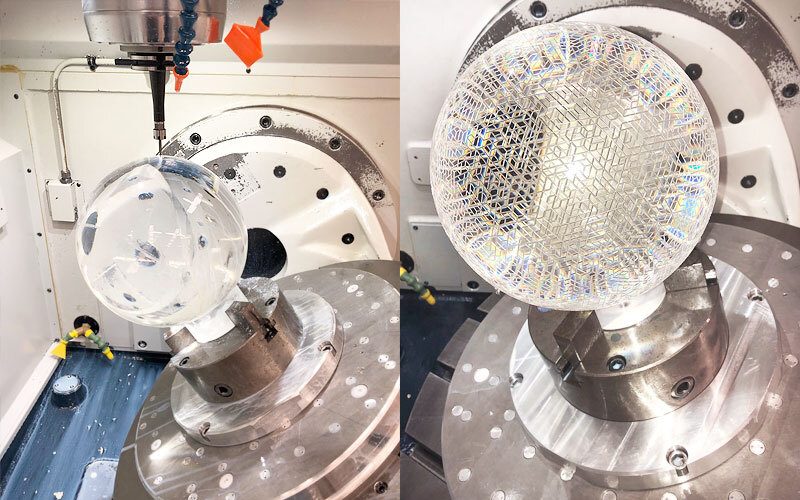
Image Source: Thompson Precision Engineering
3-axis CNC Machining
The most common CNC machine is 3-axis milling machine. 3-axis means the milling machine has 3 linear degrees of freedom, including the X, Y, and Z axes. The X-axis leads to vertical direction, the Y-axis is the horizontal direction, and the Z-axis is moving up and down. The principle of 3-axis CNC milling is to cut the material from the blank which is mounted on the machine bed, and the rotational cutting tools move along X, Y, Z coordinates to cut the part as designed.
As 3-axis CNC milling machines can only cut parts along three axes, it is usually used for cutting parts with cubic geometries. If the part has 6 sides to machine, operator has to flip the blank or change fixtures manually. Besides, it is difficult for 3-axis CNC to machine parts with unconventional shapes, and deep, narrow cavities.
If you have limited budget or the surface of a part is the only position need to be machined, 3-axis CNC machining is the best choice. Moreover, the set-up time for machining is much shorter than 4-axis or 5 axis machines, and the machine price is more affordable. While as 3-axis machines are easier to program, the maintenance fee is much lower.
However, due to geometric complexity, some parts can’t be machined by 3-axis CNC machining, utilizing 4 or 5-aixs CNC machining to produce those parts could be a more economical solution.
4-axis CNC Machining
4-axis CNC machining, we generally understand it as 3 plus 1-axis. In 4-axis CNC milling, the machine also has X, Y, and Z axes, and adds an A-axis that rotates around the X-axis, so we also call it 3 plus 1, or 3 plus A.
4-axis machines have a few different arrangements, but generally they are vertical machining, which means the spindle rotates around the Z-axis. Normally, a block of material is mounted on the X-axis and rotated on the A-axis. Therefore, two sides of the part can be machined in a single fixture setup.
Compared with 3-axis CNC machining, 4-axis CNC machining can be a more economical and feasible method. For example, if you are about to machine a part that requires two unique fixtures by 3-axis machining. And the fixtures cost £1000 and £800 respectively. But if you choose 4-axis machining, only one fixture is required by the advantage of A-axis capability, which cost £1000. Besides, there is no need to replace fixtures during machining, furtherly reducing cost and operational errors from operator. This ensures high quality of the machined part. One extra benefit of not to change fixtures during machining is that it can maintain tight tolerances between features on different sides of the part, because the loss of dimensional accuracy is eliminated as mounting and resetting is unnecessary.
5-axis CNC Machining
5-axis machining implies that five sides of the workpiece can be automatically machines at one time. There are two main types of 5-axis CNC machines, indexed 3+2-axis and continuous (full) 5-axis. By adding B-axis rotates with Z-axis and working with X, Y, Z, and C axes, 3 plus 2-axis CNC machining starts producing parts with tight tolerance. In 3 plus 2-axis machining, the X, Y, Z axes and B, C rotation axes is working independently, which means the workpiece can be rotated relative to the cutting tool to any compound angle. If you need to produce parts with deep cavities and complex structures, 3 plus 2-axis machining can produce a part from all directions without manual rotation.
Although indexed 3 plus 2 axis machining is capable of making parts with highly complex structures, it cannot complete X, Y, Z axes movement and B, C axes rotation simultaneously. In full 5-axis machining, two rotating axis is working, while the cutting tools is moving along the X, Y, Z coordinates, which means all axis can work at the same time to produce parts. Full 5-axis machines can not only cut flat compound angles, but also shape complex curved 3D surfaces. Generally, full 5-axis CNC is being able to produce parts that are used for forming. Of course, complex designs need supports from professional machines and dedicated program operators, which means that the cost of 5-axis machining will also increase accordingly.
With a doubt, the biggest advantage of 5-axis machining is that it made a breakthrough on machining parts with extreme geometries complexity, and it is the most advanced technique in CNC machining. However, not all parts require full 5-axis machining. It may be more efficient and productive by utilizing 3 plus 2-axis machining as it allows the use of shorter and more rigid cutting tools. While those tools can be tilted toward the workpiece surface for faster feeds and speeds, which means 3 plus 2-axis machining can produce per unit faster. Therefore, many 3-axis manufacturing centres find out that 3 plus 2-axis machining is a great transition to full 5-axis machining capabilities.
Overall, the most appropriate manufacturing method depends on material, production volume, budget, and geometric complexity, etc. If your parts require tighter tolerances and more complex geometries, 5-axis machining could be a better option. If you just need a better and faster way to machine parts with less complex structures, then 3 plus 2-axis machining is more accessible.
Both full 5-axis and 3 plus 2-axis machining have unique advantages, choosing the right technique that will benefit your manufacturing process, thus increasing profits.
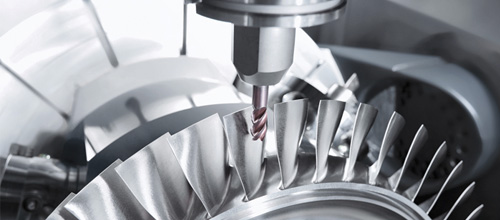
Image Source: 3E Rapid Prototyping Limited
5-axis CNC machining is ideal for creating parts that require extremely complex geometries, high quality, tight tolerance or even performing traditional machining on odd or tilted surfaces. Following are common industries that make use of 5-axis machining:
1. Medical industry. The high precision that generates from 5-axis CNC machining, making it easier to produce precise medical devices, implants and healthcare equipment. For those medical equipment manufacturers, 5-axis CNC machining is cost-saving and productive.
2. Aerospace. 5-axis CNC machines can create parts with smooth shapes and contoured edges efficiently and accurately. Applications of aerospace industry require intricate geometries, light weight, and durability. 5-axis CNC machining allows manufacturers to make those high precision parts.
3. Military. 5-axis CNC machining can cater for making components for precise military equipment, including submarine parts, turbine and compressor blades, high-performance engine parts, smart weapons, sensors and stealth applications, etc.
There are a wide range of cutting tools of CNC Machining in order to manufacture parts with diverse geometries. Let’s introduce some common cutting tools in CNC Milling process. There are flat head, bull, head, ball head, drills, threading taps, face milling cutters, and slot cutters. Flat head, bull, head, and ball head are tools to machine groves, cavities, slots, and other vertical walls. Slot cutters are used to cut T-slots other undercuts by removing material from the sides of a vertical wall. Drill is the ideal tool to create holes efficiently. Threading taps are used to create threaded holes. If you need to remove materials from the large and flat surface, face milling cutters is what you need.
1. Drill Bit
Drills are cutting tools used to remove material to form holes. The holes always have circular cross-section. Drill bits are usually attached to a drill in order to cut through the workpiece and create holes. Drills are using with standardized drill bit sizes.
See drill bit works with CNC turning:
2. Twist Drill
A twist drill is a metal rod of a specific diameter with two, three or four helical flutes for most of its length.
3. End Mill
End mill is a tool to create shapes and holes on a workpiece during milling, contouring, drilling, profiling and reaming applications.
4. Face Mill
Face mill, also shell mill, is a circular milling tool with a flat end and carbide or carbide-tipped inserts positioned along its sides. Face mill is a common cutting tool to make a flat face on the surface of a metal plate or bar workpiece.
5. Hollow Mill
Hollow mill is commonly used in screw machines and turret lathes for roughing down and finishing.
6. Thread Mill
Thread mill is a milling tool that designed to cut and make threads.
7. Slab Mill
Slab mill is a type of cutter that used for removing more amount of material from the workpiece.
8. Gear Cutter
Gear cutter is designed to create a gear in different machining process, including milling, hobbing, planing, broaching, and grinding.
9. Fly Cutter
Fly cutter is a cutting tool with single-point rotary, and commonly used on a milling machine for machining large and flat surfaces.
10. Reamer
Reamer is a tool for enlarging or finishing drilled holes. High precision reamer can enlarge the size of a previously formed hole by a small amount but with a high degree of accuracy to leave smooth sides.
CNC machining center can perform machining operations such as drilling, milling and lathe, making parts with high precision, high quality and good surface finish. There are different mechanism type of CNC machining center:
ATC (automatic tool changer)
APC (automatic pallet changer)
CNC servo system
Feedback system
Re-circulating ball screw and nut
Configuration classification type of CNC machining center:
Horizontal Machine Center
Vertical Machine Centers
Universal Machining Centers
Horizontal Machining Center
This type of machine center has a horizontal spindle and the tool is mounted on the spindle of the machine, usually a single spindle machine with an automatic tool changer. The ATC is being able to store from 16 to 100 tools. APC system can also be installed to reduce loading and unloading time. The APC system has six, eight or even more pallets, and the workpiece can be set in the pallet.
Vertical Machining Center
In vertical machine center, multitasks can be processed in a single setup. Generally, most vertical machine centers have three axes, and some have a spindle head that can be rotated on one or two axes. Vertical machining center is ideal for surface engraving. There are three main types of vertical machining centers: walking columns, gantry structures, and multi-spindles.
Universal Machine Center
Similar as horizontal machining center, universal machining center can perform the same functions but the spindle shaft can be continuously tilted from a horizontal position to a vertical position. Universal machine centers consist of five or more axes and can mount the top side of a workpiece on a horizontal machining center, allowing different sides of the workpiece to be machined in one unit.
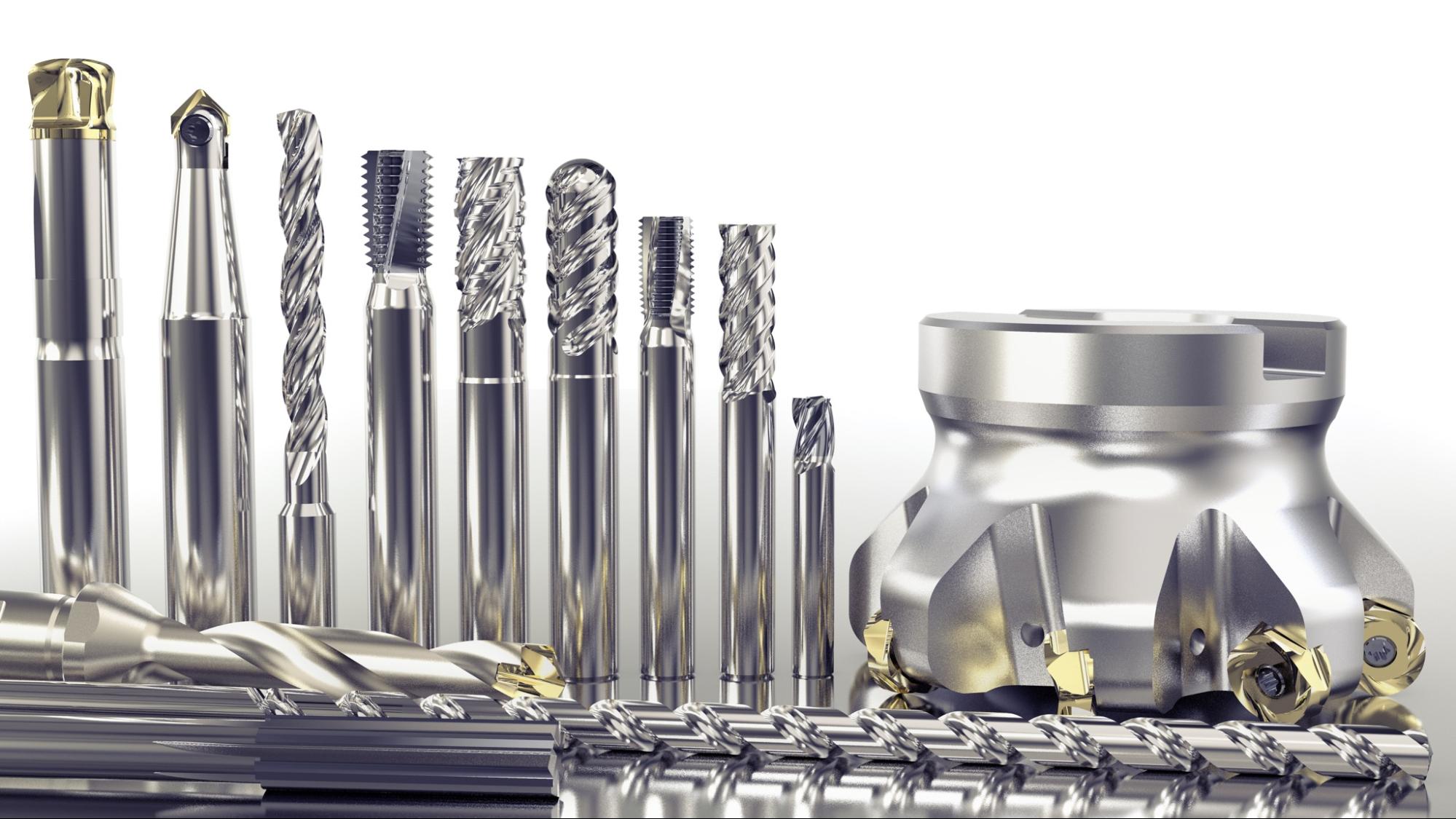
Image Source: fictiv
Prices of 5-axis CNC machines are always considered as expensive or high-budget investment. However, 5-axis CNC machine prices vary a lot depending on types and features, which goes from $10,000 to $500,000. Normally, the prices of 3+2 5-axis CNC machines are from $35,000 to $200,000, depending on the functionalities. While the price range of some high-end 5-axis CNC machines can be from $150,000 to $500,000, like trunnion-type and swivel head-type. But, if you are looking for small or desktop 5-axis CNC machine, the prices will down to $10,000. So, the prices are extremely different based on the needs. What’s more, some 5-axis CNC machine manufacturers can offer customized solutions to build your machine.
1. Improved machining quality and efficiency.
5-axis machining allows for the cutting tool to keep tangential to the cutting surface.5-a xis machining can remove more material by each tool pass because lower cycle times and costs.
2. Improve cutting conditions.
As the cutting tool moves toward the top or the edge of the workpiece, the cutting condition gradually deteriorates. It is necessary to rotate the table to maintain the best cutting condition. And if we want to machine an irregular plane completely, we have to rotate the table several times in different directions. Therefore, a 5-axis machines can avoid the situation where the center point of the ball end mill has a linear speed of 0 and obtain a better surface quality.
3.Reduce the number of times of use fixture.
Workpiece produced by 5-axis machines doesn’t need additional fixtures because the part has to be fixed and operated once to get machined. Therefore, it can reduce the cost of the fixture and maintenance.
4.Shorten the production process chain and simplify production management.
The complete 5-axis CNC machines dramatically shorten the production process chain and allows for simplified production management, planning, and scheduling. The more complex the workpiece, the more obvious its advantages over traditional process-dispersed production methods.
5.the most advanced technology.
5-Axis CNC machine is efficient and has quality features. So, it won't have any competition in the CNC machining market. A 5-axis machining center can give you multiple profits and less maintenance cost.
Please feel free to try instant quoting on our website or contact us hello@wenext.com if you are interested.
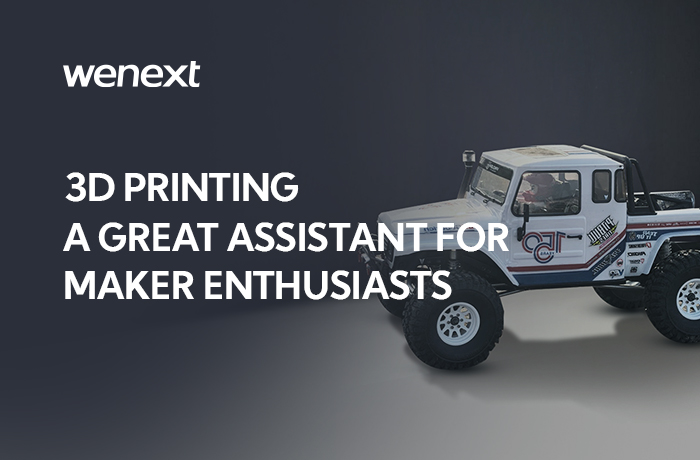
How to build a movie camera yourself using 3D printing technology? How to perfectly replicate model car parts? WeNext, the great assistant for maker enthusiasts, tells you the answer!
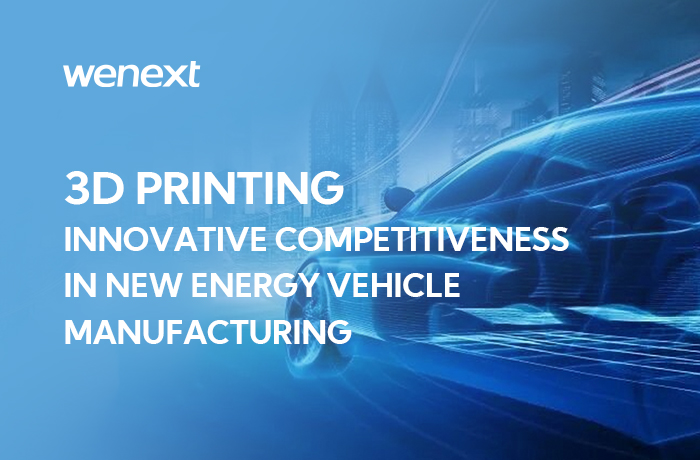
3D printing has become a key technological pillar for the new energy vehicle industry to achieve lightweighting, intelligence, and sustainable development, bringing fresh competitiveness to the sector's advancement.

3D printing technology is reshaping the landscape of the cultural and creative industries in application scenarios such as customized cultural product creation, film & TV IP derivative development, and game merchandise production.
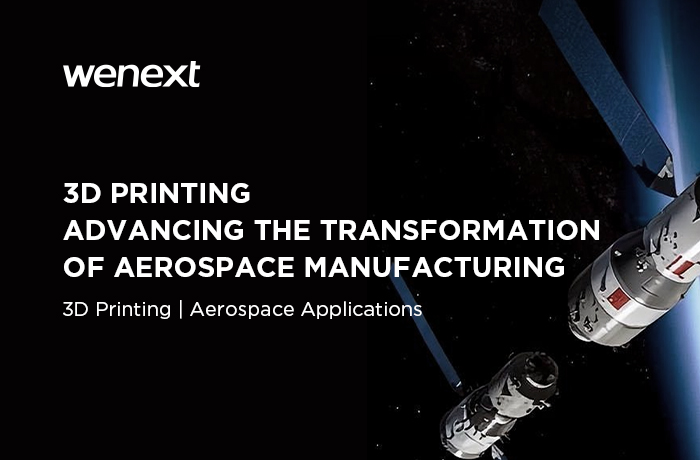
3D printing technology has become a key force driving the advancement of manufacturing in the aerospace sector.

How to build a movie camera yourself using 3D printing technology? How to perfectly replicate model car parts? WeNext, the great assistant for maker enthusiasts, tells you the answer!

3D printing has become a key technological pillar for the new energy vehicle industry to achieve lightweighting, intelligence, and sustainable development, bringing fresh competitiveness to the sector's advancement.

3D printing technology is reshaping the landscape of the cultural and creative industries in application scenarios such as customized cultural product creation, film & TV IP derivative development, and game merchandise production.

3D printing technology has become a key force driving the advancement of manufacturing in the aerospace sector.
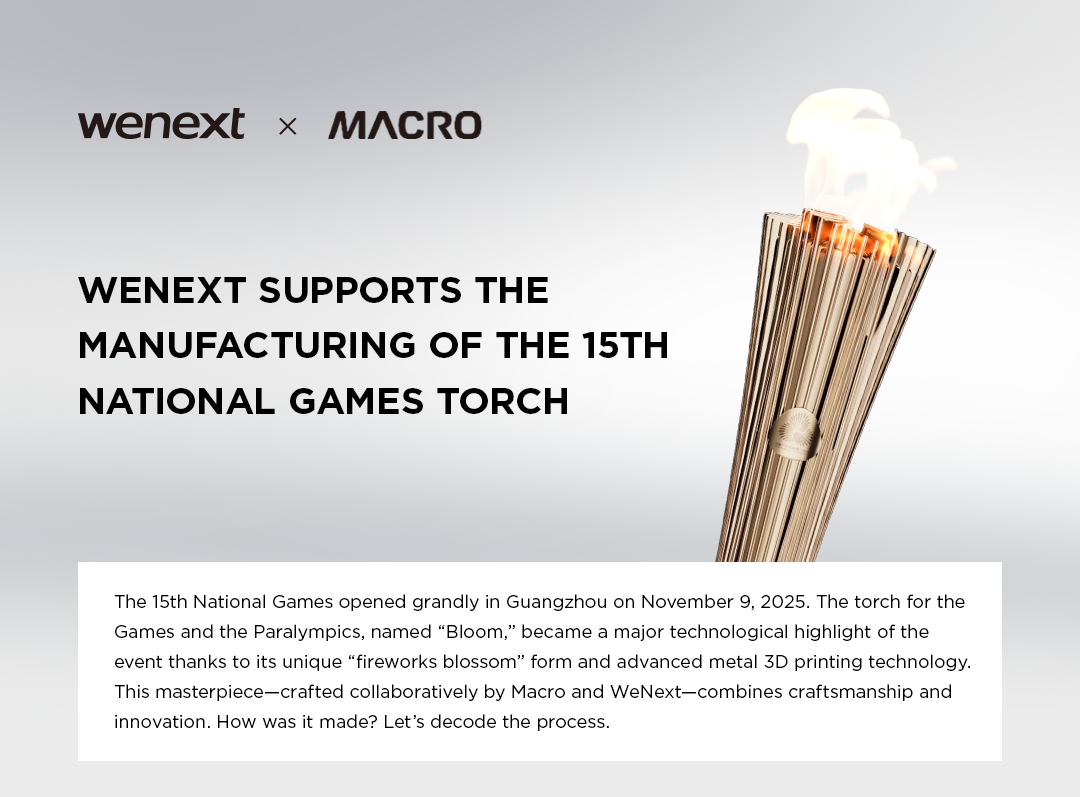
Decoding the manufacturing journey of the “Bloom” torch for the 15th National Games, WeNext broke through the bottlenecks of traditional processes through metal 3D printing technology, transforming Macro’s design concept into reality.
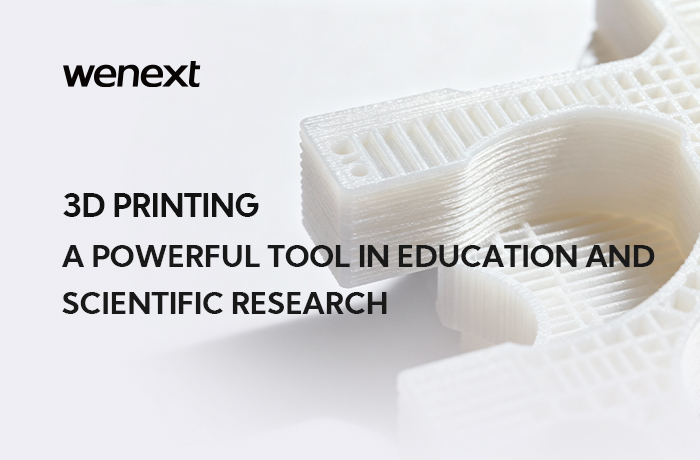
Wenext offers one-stop solutions ranging from rapid prototyping to professional-grade part manufacturing, providing efficient, specialized, and easily accessible manufacturing support for education and scientific research
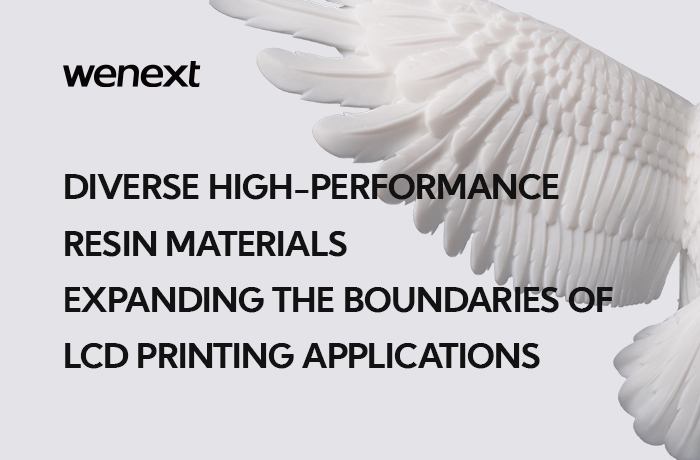
Wenext launches an LCD printing materials application feature, interpreting the unique properties of diverse high-performance printing materials to provide reference for customers in material selection and application for LCD printing.
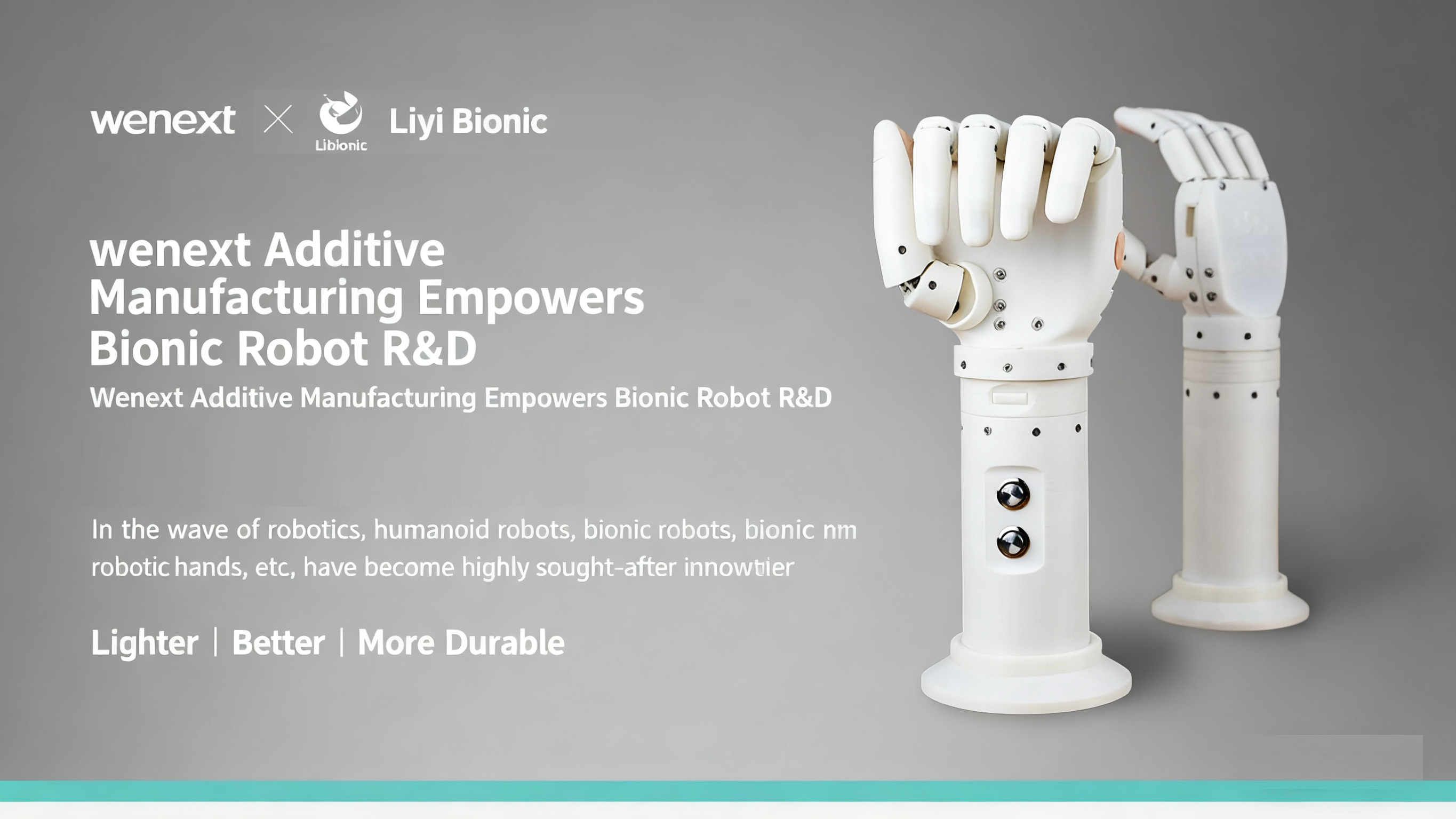
Wenext and Liyi Bionics join hands and, with 3D printing technology as the core manufacturing approach, create a completely new paradigm for the research, development, and mass production of mechanical bionic hands.
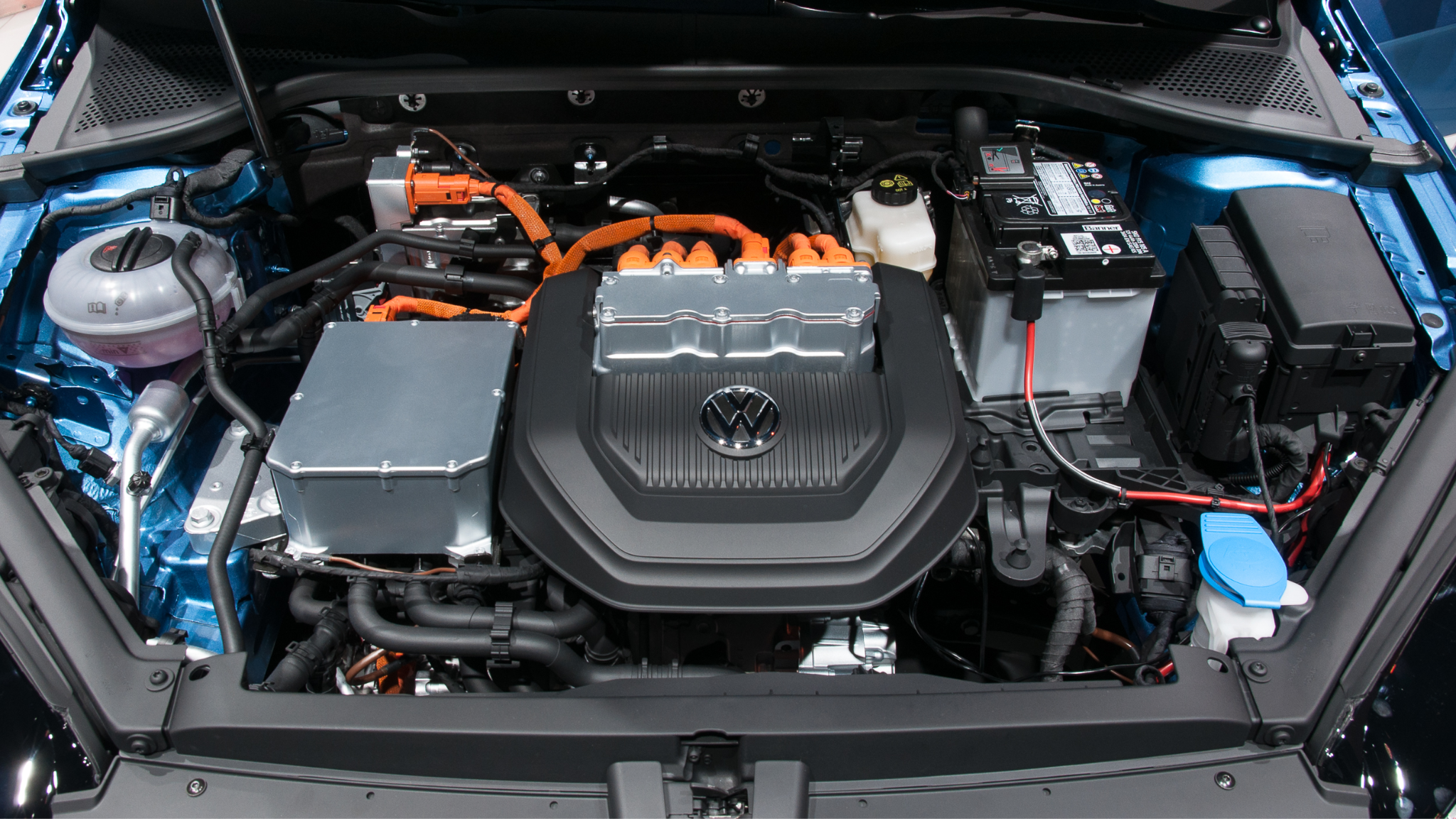
The integration of 3D printing has not only sped up the design process but also introduced unprecedented flexibility and innovation into the automotive industry
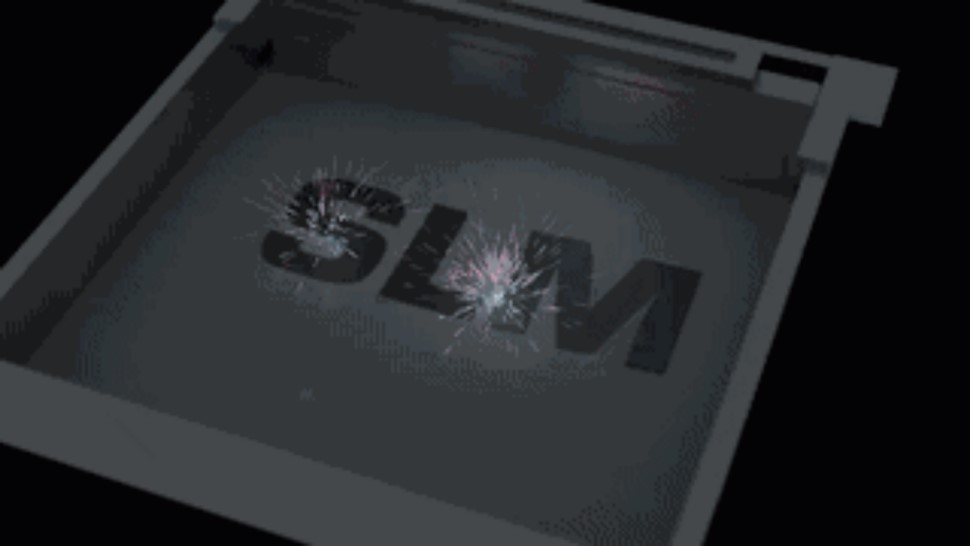
With its unique advantages, SLM metal 3D printing has emerged as a solution for manufacturing intricate metal structural components.
New materials and new technology make 3D Printing silicone possible now! Discover more in this article!

See what toys you can 3D print for your cats, check out the best 3D printed cat toys of 2023 here.

©2019-2025 WeNext Technology Co., Ltd. All Rights Reserved.
This website uses cookies for better personalized services. By using our websites, you agree to this use. Privacy Policy
We use cookies to improve your experience, check out Privacy Policy.